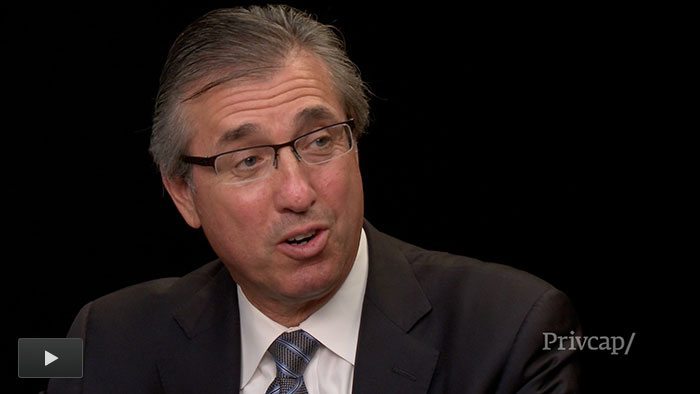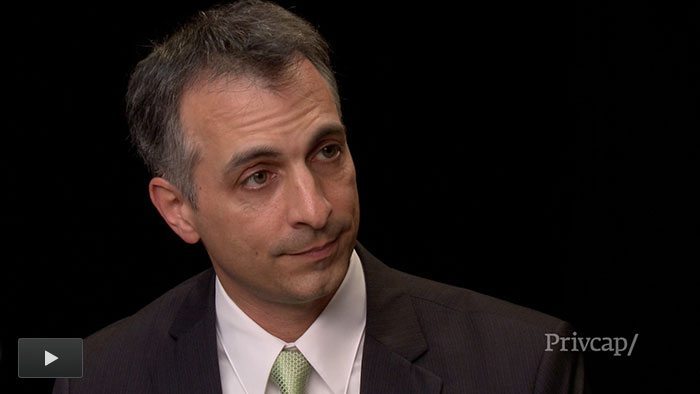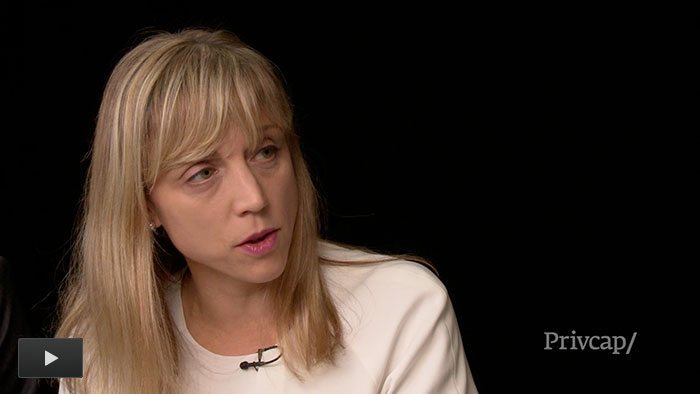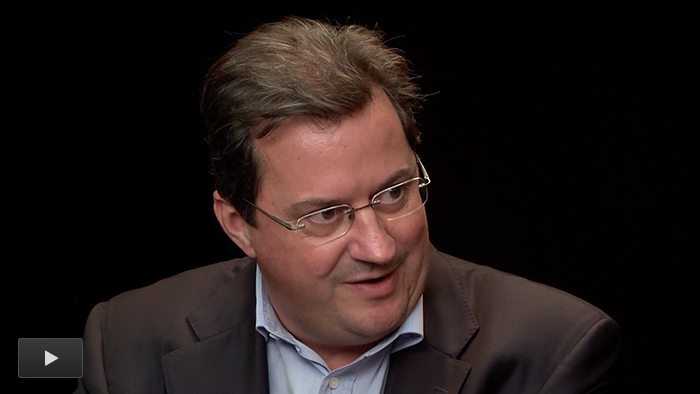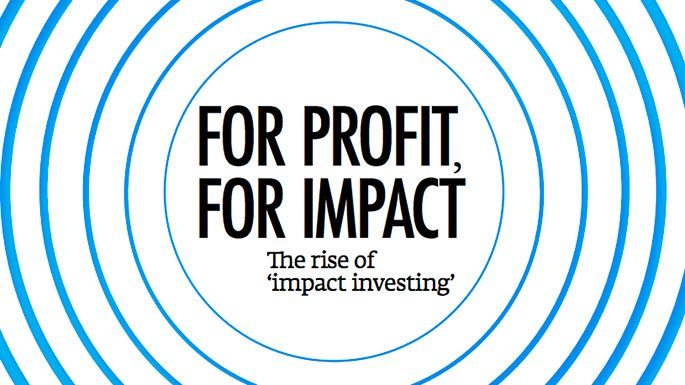Tesla: Built By Impact
Job creation, economic growth, zero emissions…and a 38x return.
When Nancy Pfund decided to invest in an electric car startup called Tesla in 2006, she was hoping to make a buck and bring economic benefits to the Bay Area. Tesla delivered both.
The story of Tesla, the first U.S. car company to go public since 1956, is widely celebrated and still unfolding. Under the leadership of Elon Musk, Tesla is a model of engineering success and capitalist reinvention. Less heralded is the fact that some of the company’s early funding came from “impact investment” programs hunting for financial, environmental, and social rewards. So in addition to making really cool cars, Tesla stands as a much-needed example of success in impact investing.

In 2006, Tesla was going through its first institutional round of financing, led by VantagePoint Capital Partners. Pfund was then a partner in San Francisco–based JP Morgan Bay Area Equity Fund. (The firm has since spun out and is now called DBL Investors.) In addition to seeking to source investment opportunities in companies poised to grow strongly, DBL had a mandate to back businesses that would have a positive impact in the Bay Area. Generally speaking, this meant companies tied to green energy and lower fuel consumption, as well as the creation of high-value jobs in the region, especially in the parts of the Bay Area not as affected by the high-tech boom—including industrial communities in the East Bay area.
Pfund stresses that DBL’s style of impact investing is to look for sustainable business concepts that will also deliver the desired impact benefits. “Our due diligence (for Tesla) was very similar to what other people do,” says Pfund. “We looked at the battery-pack technology, the IP, looked at the management team, the market size, and what it would take to really penetrate this market.”
An important question for DBL was: Will we create a bunch of jobs but then lose our money and lose the jobs? The firm became comfortable that Tesla’s early products would sell enough to warrant the risk. “Back then, the [lower-priced] Model S didn’t exist, but the [luxury] Roadster was in early stages of design and prototype building,” notes Pfund. “We felt that even if the Model S took forever, our downside would be protected, because they would make enough Roadsters to make it a successful company. You don’t have to sell vast quantities of high-priced cars to have a reasonable business.”
DBL invested an undisclosed amount in Tesla’s C round and subsequent rounds. And given its broader economic goals, they found willing partners in California government when it came time to scout a factory location. The firm helped Tesla’s management navigate the thicket of grants and government incentives to land a sweet deal for the NUMMI production facility in Fremont,
formerly the home of a GM-Toyota joint venture that was shuttered in 2010. Tesla paid $42 million for the plant that same year in a deal trumpeted by then governor Arnold Schwarzenegger. The site now employs some 5,000 people.
Pfund declines to reveal any financial details of the investment’s performance to date, but her descriptions tell the story: “a grand slam,” “fantastic,” a “game changer,” and “a fund-building return.”
Some back-of-the-envelope math indicates a fantastic return indeed. Musk has said that Tesla’s C round valued the company at $70 million. The company went public in 2010, and a year later, when DBL distributed shares to its limited partners, Tesla’s market capitalization was roughly $2.7 billion. Using the C round as a starting point, that’s a roughly 38x return. Pfund says her firm has held on to its own shares; since 2011, Tesla’s share price has increased sevenfold.
DBL has backed other luxury businesses that sell impact-producing products to the higher end of the consumer market. Another example is Maiyet, a fashion brand that sources many of its artisanal materials with an eye toward “alleviating poverty, empowering women, or building peace.”
Investors who pursue goals beyond the wealth creation of insiders often find they have important friends when the going gets tough. Pfund notes that the economic downturn that began in 2008 was otherwise poorly timed for Tesla, but a $500 million loan from the U.S. government (since repaid) was critical in helping the company bridge the crisis and reach its current level of success. “There was a whole hue and cry about how the government couldn’t just bail out car companies in Detroit,” says Pfund. “When you’re an impact investor, because what you’re doing is also important to society and policymakers, you can pull certain levers that are unavailable to investors that don’t have social impact as a goal.”
Impact investing, however defined, has been viewed with suspicion by some in the private investment world as being insufficiently returns-driven, what with its social goals and save-the-world mandates. In fact, impact investing done right finds many new friends for capitalist success, which can only increase the volume of cheering.
David Snow is CEO and Co-founder of Privcap LLC. @SnowsNotes
Job creation, economic growth, zero emissions — and a 38x return.

